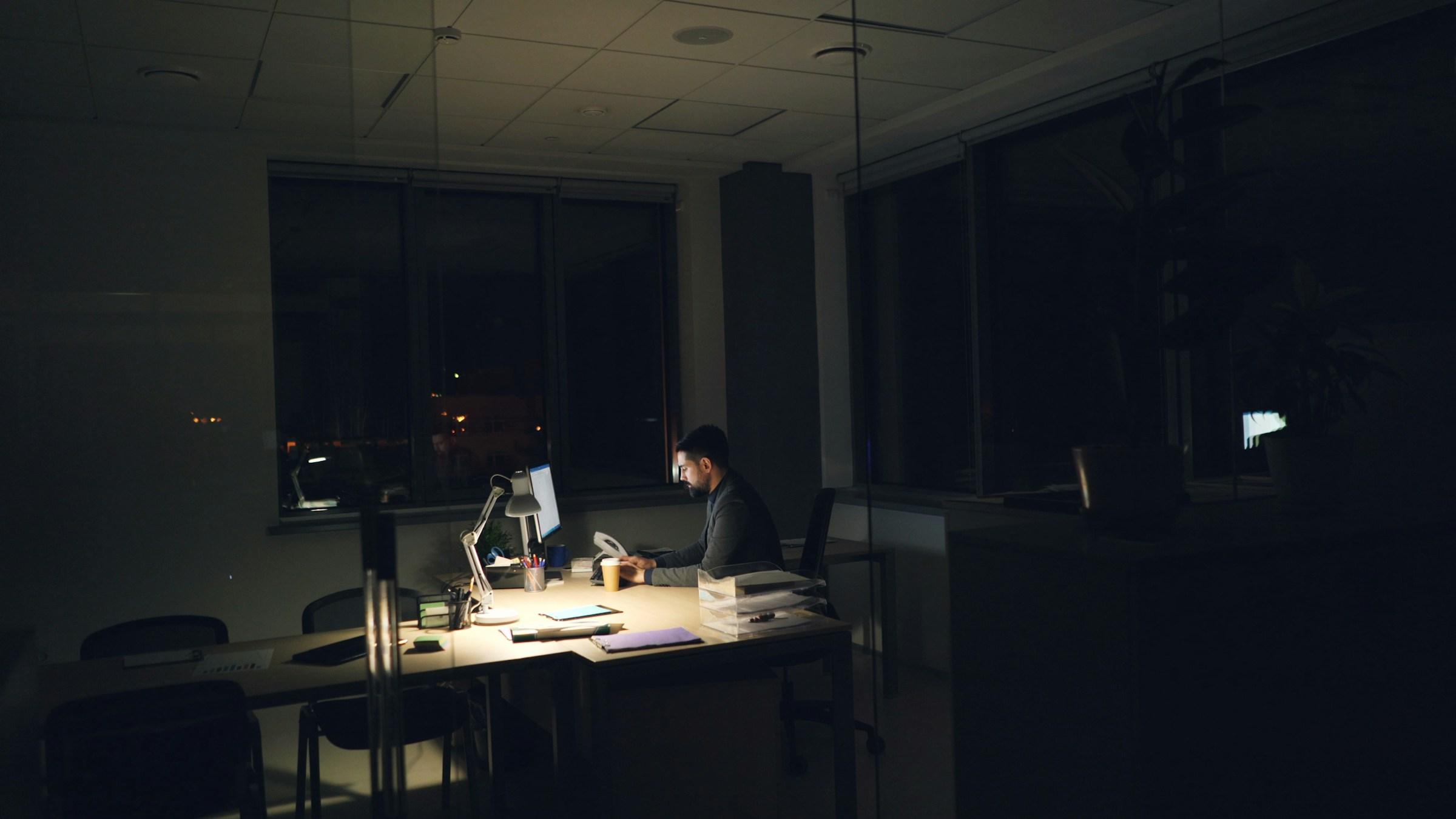Learning to swim is often presented as a childhood milestone or a casual holiday skill, yet it belongs in the category of essential literacies that carry a person through life. Water is everywhere in modern living. It is in city infrastructure that floods during sudden storms, in the gym where lap lanes sit beside treadmills, and in social plans that revolve around beaches, lakes, and boat rides. Treating swimming as optional narrows a person’s world. Treating it as a basic competence widens it.
The most direct case for swimming is safety. People tend to tune out warnings because they sound like scolding. A more persuasive argument is personal freedom. When someone can swim, water stops acting like a barrier that quietly limits choices. They accept the boat invitation without hidden dread. They join friends in the deep end instead of performing interest from the edge. They take part in beach days without pretending to check a phone that has no signal. The skill enlarges the social map without fanfare. That enlargement is its own form of protection, because confidence replaces panic, and respect replaces guesswork.
Swimming also offers a different kind of fitness that many people forget to count. It builds endurance without pounding the joints, asks for calm breath control without the props of a wellness trend, and strengthens the whole body without the mirror as a judge. The rhythm of laps draws attention into a simple sequence that has no interest in a person’s best angles or curated image. Count the breath, set the stroke, make the turn, repeat. The pool asks for presence, not performance, and gives back steadiness in return.
Cultural frictions can make the path to water complicated. Hair care routines can clash with chlorine. Modesty expectations can turn swimwear into a negotiation. Public pools may still carry coded signals even when the signage says everyone is welcome. Adult beginners often carry embarrassment as if it were part of the gear. These realities matter. They also do not have to be permanent. Adult lessons are growing in number. Private coaching is easier to arrange at off-peak hours. Brands now design caps and suits that serve a wider range of bodies and textures. Progress looks ordinary rather than dramatic, which is a good sign, because ordinary change tends to last.
Urban culture has already begun to absorb water fluency into its rituals. City dwellers trade notes on outdoor pools the way others compare coffee bars. Weekend chats include swim spot suggestions next to brunch ideas. Families plan reunions that orbit a coastline. Trail runners finish at tidal pools because it turns a cold plunge into a story rather than a dare. None of this signals exclusivity. It signals a community that values the ease that comes from competence. Travel makes the argument shine even brighter. The most beautiful places often require a short swim to unlock the view. A reef sits past a shallow channel. A cenote asks a person to slip into a dark mouth that rewards courage with quiet. A mountain lake offers a stillness that gives a person back their own breath. The difference between standing on the shore and joining the scene is not a change in personality. It is a learned skill.
The mental health dividend is another reason to take lessons seriously. During a difficult week, the water compresses attention into a loop that has no space for doomscrolling. The body repeats a pattern that is small enough to master and long enough to calm the system. When the session ends, the noise has thinned. Problems remain, but the ratio of signal to static is better. That improvement is not cosmetic. It is physiological and it helps people carry life more steadily. For those who learned in childhood and drifted away, the memory that lingers is not a technical detail. It is the heavy silence below the surface and the soft return of sound when the face breaks the water. That sensation is still available. Adults do not lose the ability to build new muscle memory. They mostly lose patience with being beginners. Swimming makes a humble request. Be willing to be unskilled for a little while. Show up with consistency. Progress follows.
Swim culture itself has changed. It looks less like synchronized perfection and more like small communities with local rituals. Early lap swimmers often keep an extra pair of goggles for someone who forgot. Open water groups meet at sunrise and pass around tide notes the way others check weather apps. Parents learn late so their children do not inherit their fear. These are not performances. They are patterns that make life feel more livable. Water competence also sharpens a person’s sense of risk. Online images flatten beaches, pools, and oceans into a single mood. Real water refuses to be flattened. Even basic technique teaches people to read conditions. They learn when to sit out a swim, when a confident friend is taking foolish chances, and when their own mood is the hidden hazard. Confidence grows into respect rather than bravado.
There is even a subtle effect on how people consume media. Once someone learns to swim, the endless videos of bays and coves begin to look like invitations rather than taunts. The same scenes stop being purely decorative and start carrying information about currents and entries. A person saves locations because they have become options rather than fantasies. The content has not changed. The viewer has. Saying that everyone should learn to swim can sound like an order. A better frame is fluency. This is not a call for medals or a demand for mastery. It is a practical nudge toward enough skill to keep water from acting like a wall. Enough to make a flooded street less terrifying. Enough to accept the part of life that keeps arriving in shades of blue.
In the end, swimming teaches a quiet kind of humility. The person is small and the water is larger. The person moves anyway. Breath is timed to something that cannot be controlled. On many days that is the whole lesson. People step out of the pool calmer than when they entered. They sleep better. They rejoin their week with less noise in their heads. This is the strongest reason to learn. Not for content, not only for cardio, not only for travel. Learn in order to practice the shift from hesitation to ease. The proof arrives in a private moment when the shore is still a few strokes away and anxiety fails to rise. The mind counts the breath, not the distance, and finds that the count is enough.












-7.jpg&w=3840&q=75)


